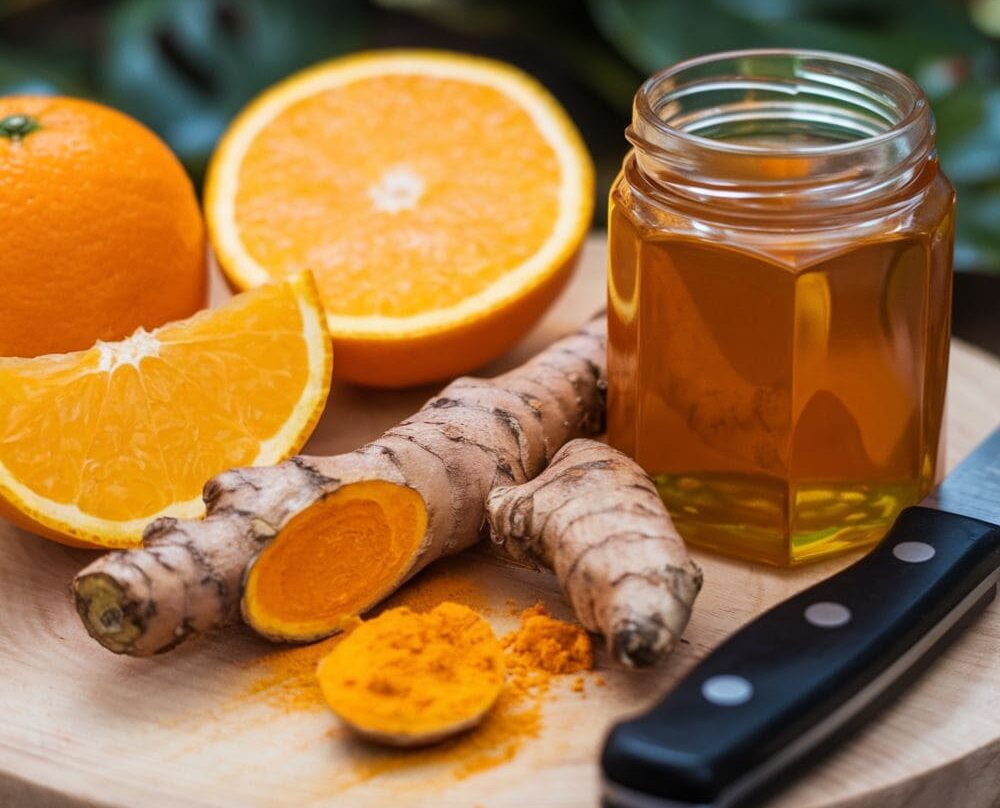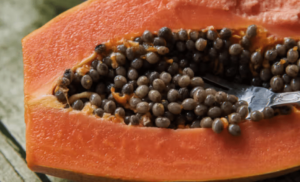Natural Remedies for Joint Pain Relief: 9 Effective Techniques You Can Try at Home
Joint pain and inflammation are common issues that millions of people worldwide experience, affecting various areas of the body. Whether you’ve consulted a doctor who prescribed medication or are exploring natural remedies to relieve pain from the comfort of your home, you’ve come to the right place. In this article, we’ll explore nine proven, natural remedies to ease joint pain and inflammation, so you can live more comfortably. Be sure to read until the end as we discuss a lesser-known remedy that could significantly help.
Disclaimer: Please note that we are not medical professionals, and this article is for informational purposes only. Always consult with a healthcare provider before starting any new treatment.
1. Epsom Salt Bath
Epsom salt, or magnesium sulfate, has been used for centuries to treat muscle pain, arthritis, and fibromyalgia. Magnesium is essential for muscle relaxation, and since a significant portion of the population is magnesium deficient, soaking in an Epsom salt bath can help normalize magnesium levels, alleviating joint pain. To try this, dissolve 1-2 cups of Epsom salt in warm water and soak for as long as desired.
2. Herbal Teas
Certain herbal teas contain compounds known for their anti-inflammatory properties, which can help alleviate bone and joint pain:
Ginger Tea: Known to assist those suffering from osteoarthritis and rheumatoid arthritis, ginger contains phenolic compounds that help reduce inflammation.
Rosehip Tea: Contains galactolipids, which can reduce arthritis pain.
Willow Bark Tea: Often used as a natural pain reliever.
3. Anti-Inflammatory Diet
Eating foods that reduce inflammation is one of the best ways to manage joint pain. Focus on consuming fruits, vegetables, whole grains, lean proteins (such as fish and beans), nuts, seeds, and healthy fats. Avoid processed foods, sugar, refined carbs, and preservatives, as these can exacerbate inflammation. A diet rich in natural, whole foods will not only improve your joint health but also enhance your overall well-being.
4. Hot and Cold Therapy
Hot and cold therapy can help manage joint pain by improving blood circulation. Applying heat increases blood flow, while cold therapy constricts blood vessels, creating a pump-like effect that flushes toxins away while allowing nutrients to flow in. Alternating between heat and cold can be an effective way to reduce pain and inflammation in affected areas.
5. Omega-3 Fatty Acids
Omega-3 fatty acids are powerful anti-inflammatory compounds that can help alleviate joint pain. Studies show that consuming fish oil or omega-3-rich foods can reduce inflammation and pain. Fish oil supplements, as well as foods like salmon, tuna, sardines, nuts, seeds, and olive oil, are great sources of omega-3s.
6. Capsaicin Cream
Capsaicin, the active compound in chili peppers, is known for its pain-relieving properties. Studies have shown that topical application of capsaicin cream can reduce pain significantly in individuals with rheumatoid arthritis and osteoarthritis. A study revealed a 57% reduction in pain for rheumatoid arthritis patients and a 33% reduction for those with osteoarthritis.
7. Turmeric
Turmeric is often hailed as a “king” of natural remedies due to its powerful anti-inflammatory, antioxidant, and antibacterial properties. Several studies on osteoarthritis have shown that turmeric extract can act as a therapeutic aid and significantly reduce pain. Turmeric supplements, typically combined with black pepper for better absorption, are a great addition to any wellness routine. Always consult your doctor before adding supplements.
8. Yoga
Yoga can be incredibly effective for reducing joint pain. Lack of flexibility and strength imbalances often contribute to joint pain, and yoga can help restore balance, flexibility, and strength. Regular practice can lead to decreased pain, improved mobility, and better overall joint health. Studies have shown that yoga significantly helps with knee arthritis, reducing pain, stiffness, and improving functionality.
9. Acupuncture
Acupuncture, a traditional form of Chinese medicine, involves inserting thin needles into specific points on the body to stimulate healing. Numerous studies support acupuncture’s ability to reduce pain, especially for conditions like osteoarthritis. One study on knee osteoarthritis found that acupuncture led to both short-term and long-term improvements in knee functionality.
10. Olive Oil Massage
An olive oil massage is another excellent remedy that can be performed at home. Olive oil contains oleuropein, a compound known for its anti-inflammatory effects. A study showed that women who massaged extra virgin olive oil onto their joints for four weeks experienced less pain compared to those who used medicated creams. While it might get a bit messy, using olive oil for massage can be an effective way to alleviate joint discomfort.
Conclusion
Managing joint pain naturally involves a combination of lifestyle changes and holistic remedies. From Epsom salt baths and herbal teas to yoga and acupuncture, there are many options available to help reduce pain and improve your quality of life. By incorporating anti-inflammatory foods, omega-3 fatty acids, turmeric, and olive oil massages into your routine, you can significantly reduce discomfort and improve joint function.
We hope this guide has provided you with helpful remedies to try. Remember, always consult with a healthcare professional before starting any new treatment plan.
If you’re interested in learning more about natural remedies for joint pain or have any questions, feel free to drop a comment below. And don’t forget to subscribe to our newsletter for more insightful articles like this one!
Share this content:











